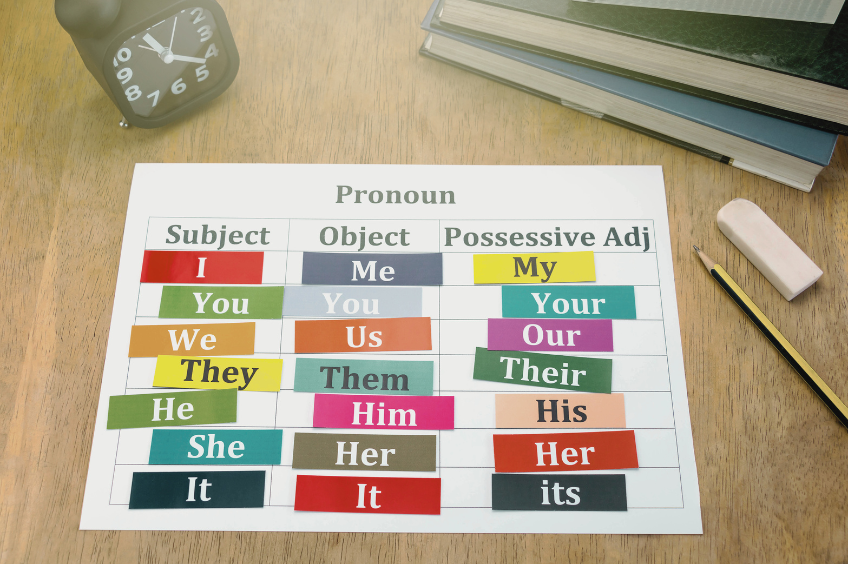
When looking at the careers section of your local weekend paper, you’ll find some great examples of how not to write a list. Here’s an example:
What you will do:
- Business system analysis and design
- Participate in software development projects
- Vendor selection process, implementation and integration
We can learn a lot from this example. First of all, it’s not parallel. Notice how the first word after each bullet is not the same word class. Second, the bullets don’t flow with the lead-in statement. These two reasons make for a difficult read.
How can we improve this list? Keep the lead-in statement. It’s great because it encourages us to begin each bullet with an imperative verb. Then rewrite the bullets so that they are similar in form.
Notice the difference in the rewrite when I use parallel structure and logical flow from the lead in.
What you will do:
- analyze and design business systems
- participate in software development projects
- implement and integrate the vendor selection process
The next big concern with lists is punctuation. You don’t need to use semicolons or commas at the end of each line. The bullet mark replaces them.
However, use a period when your bullet is a complete sentence that stands alone from the lead in. Look at this example:
There were three reasons the project was not successful:
- Too many people weren’t committed to the change.
- The funding was not put into place soon enough.
- We couldn’t find a reliable third business partner.








